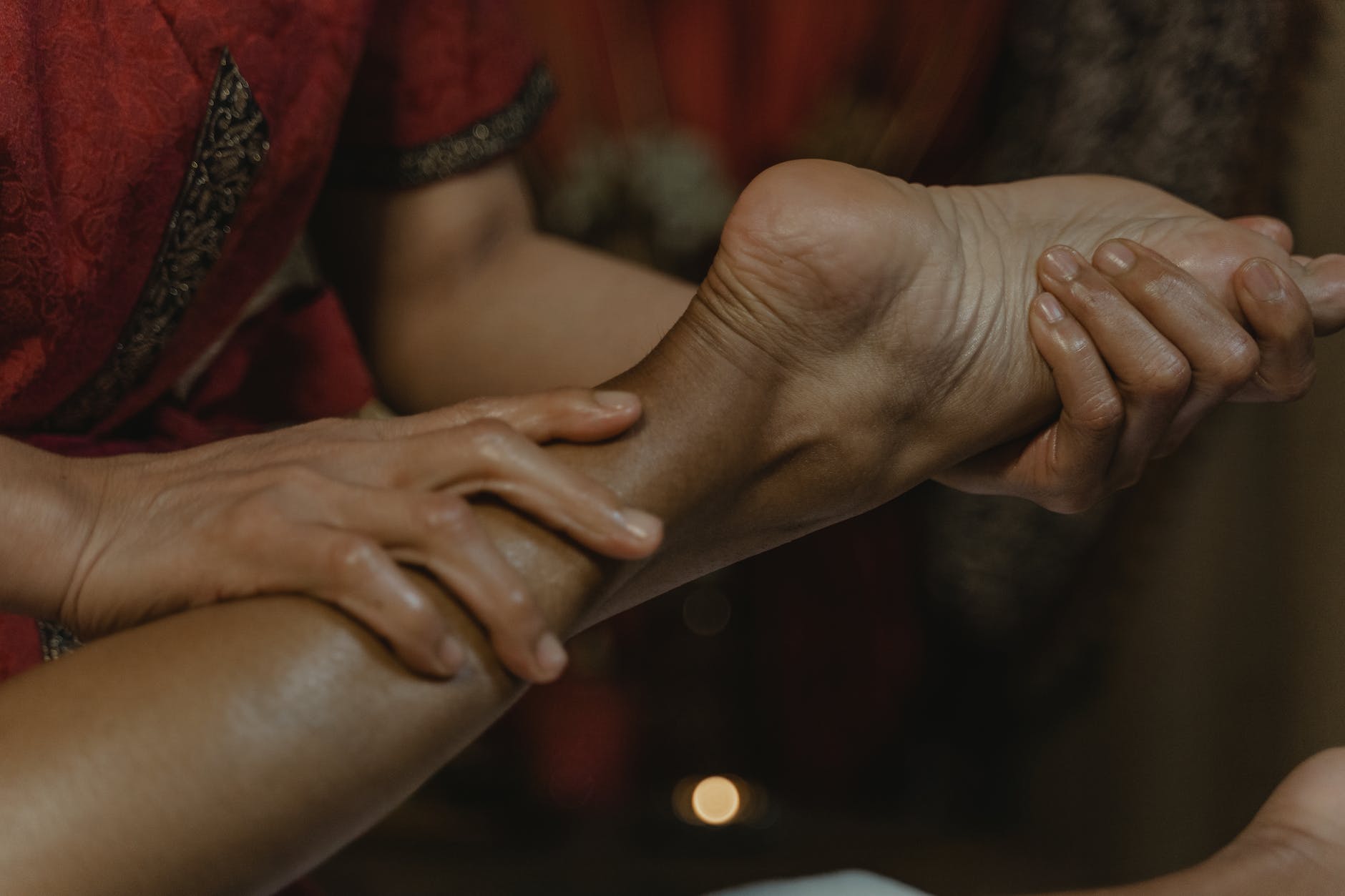Art has been utilized as a path to healing for centuries, aiding in the expression of unarticulated emotions, healing trauma, and fostering personal growth. However, recent studies have ushered forth an exciting new avenue in this field – the merger of psychedelic-assisted therapy and art therapy, a synergistic alliance imbued with profound therapeutic benefits.
Psychedelic-assisted therapy refers to the use of psychedelic substances, such as LSD or psilocybin, in a clinical setting, to accompany conventional therapeutic practices. This approach has proven successful in enhancing emotional exploration, fostering a deeper understanding of personal issues or traumas, and empowering healing and change.
Art therapy, on the other hand, involves the use of creative mediums such as drawing, painting, or sculpting to encourage self-expression, and investigate feelings that may be difficult to put into words. It serves as a nonverbal, universal language that gives form to the subconscious, allowing individuals to uncover and communicate their deepest feelings and experiences.
When these two therapeutic practices combine, they create a powerful tool for self-exploration and healing. Both are based on the principle of promoting personal insights and a deep emotional release, ideally leading to transformative experiences. This unique blend of psychedelic-assisted therapy and art therapy has shown a promising curative potential, particularly in the arena of mental health.
As the psychedelic experience often elicits powerful emotions and abstract thoughts difficult to communicate verbally, art becomes an essential tool for expressing and integrating these experiences. It provides a tangible framework and form to the often ineffable psychedelic experience, aiding in the integration process, a critical phase of psychedelic-assisted therapy. The process of Integration correlates to the practice of assimilating and applying insights or experiences gained during the therapy session into one’s everyday life.
The profound emotionality of the psychedelic experience, coupled with art therapy’s cathartic avenue of expression, can result in a profound and powerful therapeutic experience. This is especially potent when dealing with trauma-based disorders, where emotions are often buried deep within the unconscious mind. Art can help to render these emotions palpable, giving them form and substance that can be reflected upon and worked through. In this way, the individual can begin to make sense of their trauma and engage in healing trauma.
Research conducted on the curative potential of psychedelic-assisted therapy and art therapy has revealed promising results, with many patients reporting significant improvements in their mental health status. According to a study published in the Journal of Humanistic Psychology, individuals participating in this blended therapy reported a decrease in symptoms of anxiety and depression, as well as improved self-efficacy. This is a testament to the transformative potential of psychedelic-enhanced art therapy.
Yet, while the therapeutic benefits of this practice are promising, it is crucial to highlight the importance of correct administration and therapeutic guidance. Ensuring the setting is safe, supportive, and conducive to emotional exploration is vital to harness the full potential of this therapy. Additionally, it is important to stress that psychedelic substances should only be used under the supervision of a trained professional.
In conclusion, the amalgamation of psychedelic-assisted therapy and art therapy can provide a profound avenue for healing, self-expression, and personal growth. As scientific investigation progresses and societal stigma fades, it could revolutionize the realm of mental health, offering a new pathway for those seeking transformative experiences and deep emotional exploration.
Sources:
1. Psychedelic-assisted therapy
2. Art therapy and mental health
3. Mental health improvements
4. Journal of Humanistic Psychology





